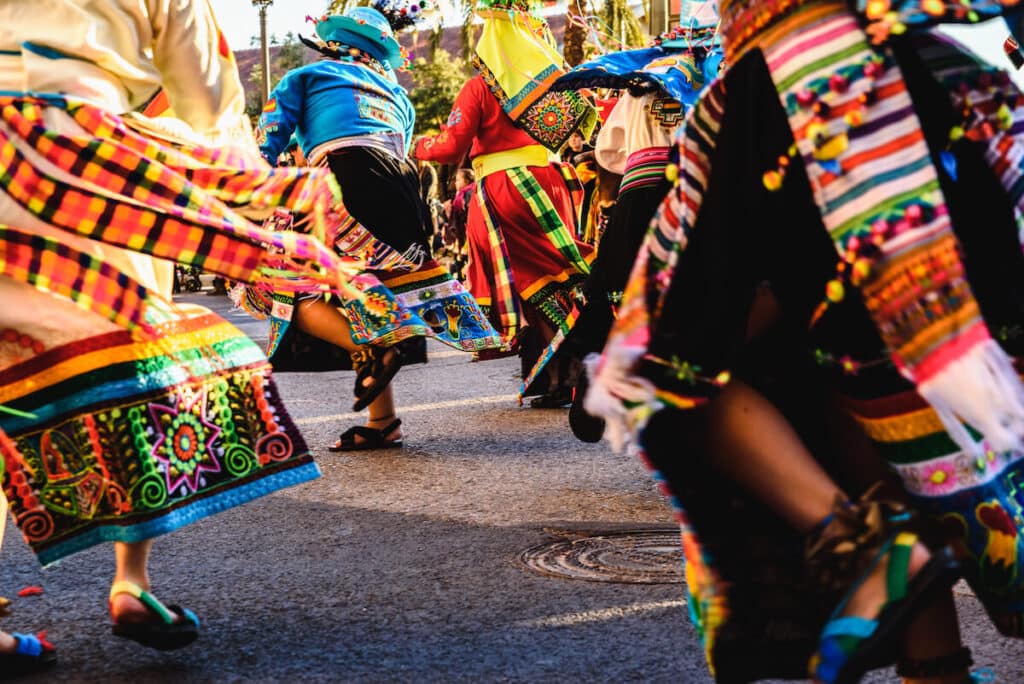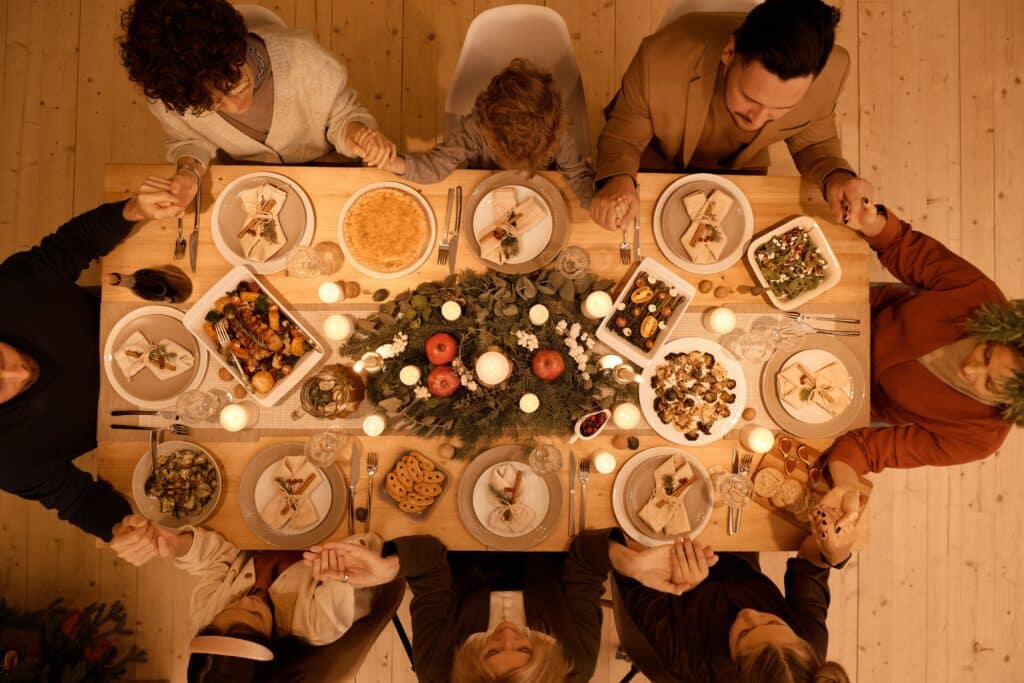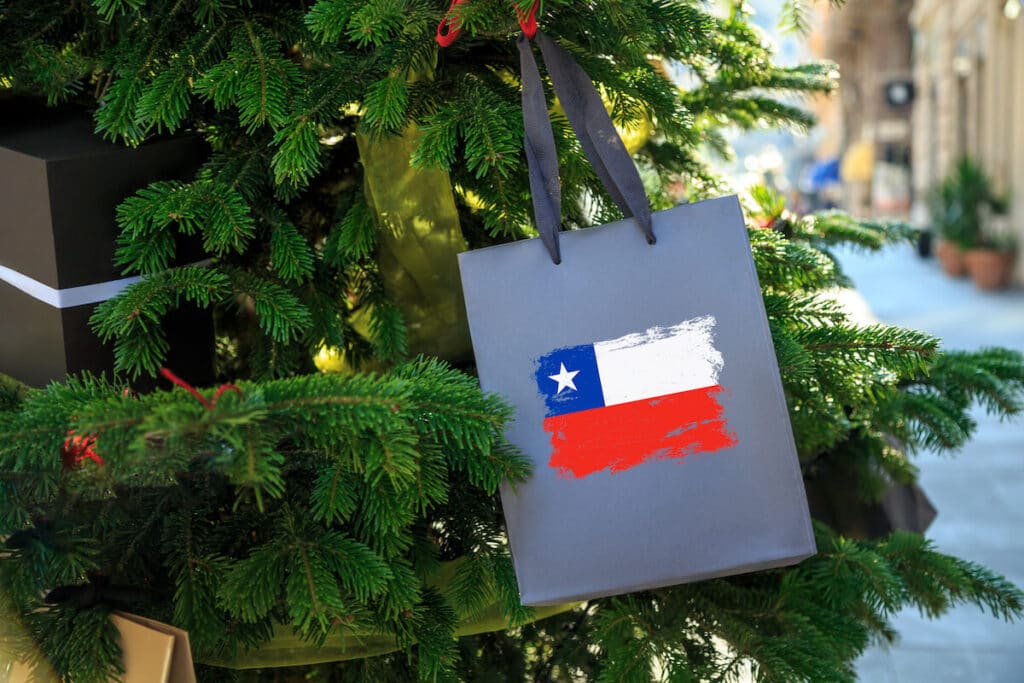
Each South American country adds a unique flavor to major holidays like Christmas, New Year’s, and Mother’s Day. The nations of Central and South America also have many regional or country-specific holidays to commemorate.
Whether you’re an immigrant who misses home, an expat, or a visitor, these South American holiday traditions featured on this list created by our team here at Remitly are worth celebrating. Read on to learn more about them.
Table of Contents
South American holidays and how they’re celebrated
Central and South American holidays are just as varied as the countries that celebrate them. Some are specific to individual countries, while others have a common origin but have evolved in different ways.
With over 30 countries in the region, there are plenty of ways to celebrate throughout the year.
Let’s start with Christmas traditions in Central and South America, which vary from Mexico in the north to Argentina in the south.
South American winter holiday traditions
Christmas, or Navidad, is one of the most recognizable holiday seasons around the world. In South America, the Christmas season extends from Las Posadas on December 16th all the way to the celebration of the Three Wise Men visit to Jesus Christ (Día de Reyes, or the Three Kings Day) on January 6th.
Region-wide: Nativity scenes
During Christmas celebrations, you’ll see elaborate nativity scenes called nacimientos or pesebres in most Spanish-speaking countries in Central and South America and presepio in Brazil. These are often hand-crafted to reflect the local or regional style.
Most nativity scenes depict Joseph, Mary, and baby Jesus in a Bethlehem manger. Jesus usually isn’t added until midnight on Christmas Eve, known as Noche Buena.
Region-wide: Christmas Eve celebrations
Many churchgoers in South America attend a late supper and misa on Christmas Eve (midnight mass). In some ways, Noche Buena is an even bigger celebration than Christmas Day.
In countries like Guatemala and the Dominican Republic, “bombas” or firecrackers are set off at midnight to kick off the Christmas Day fiesta. Christmas trees are also popular in most Latin American countries as well celebrations where people gather to sing carols, reenact Maria and Joseph’s processions before the birth of Jesus, and flavor local delicacies such as tamales, buñuelos, and warm drinks.

Argentina: Hanukkah in Buenos Aires and beyond
Argentina is home to a Jewish community of about 250,000, making it the largest in South America and the sixth-largest in the world.
The eight days of Hanukkah are an important time to celebrate the re-dedication of the Second Temple in Jerusalem, which occurred during the second century B.C. Jewish synagogues and communities celebrate this sacred occasion with many festivities.
These include:
- Lighting one candle each day on the menorah
- Reading special sections of the Torah
- Eating special dishes, such as fried foods, that recognize the importance of oil in Jewish culture
- Giving money to children as a way to encourage good behavior and works of charity
Colombia: La Alborada & Día de las Velitas
La Alborada is a relatively new festival in Medellín, Colombia that started in 2003. It takes place on the night of November 30th, welcoming the month of December with fireworks all over the city.
Colombians also puts on an internationally recognized display of Christmas lights throughout the entire month of December.
Before La Alborada became popular, Día de las Velitas—which means Night of the Little Candles—officially started the Christmas season in Colombia. It is still a special occasion for many people throughout the country.
Día de las Velitas celebrates the Immaculate Conception of the Virgin Mary on the night of December 7th and into the morning of December 8th. Families place candles outside their homes and along streets to light the path the Virgin Mary will travel.
Chile: A Christmas feast for warm weather
In Chile, people often refer to the Christmas season as Pascua, although this typically means “Easter” in other Spanish-speaking countries.
However, Pascua can also mean any solemn and holy day on the Christian calendar.
A typical Christmas feast in Chile occurs late in the day on Christmas Eve—around 9 p.m. or later—and includes such dishes as roasted turkey with chestnuts, potato salad, Cola de Mono punch, and Pan de Pascua for dessert.

Peru: Santuranticuy Christmas market in Cusco
Every Christmas Eve, the Plaza de Armas in Cusco, Peru, makes room for the largest Christmas artisan market in the country.
The folk art tradition of Santuranticuy began in the era of Spanish colonization and the spread of the Catholic religion in Peru. Its name comes from the Quechua words Santu (“saints”) and ticuy (“to sell”).
In Cusco, Andean crafts made from wood, ceramic, and silver dominate this annual market. You can also find ponche and other refreshments for sale in the evening.
South America: Panettone as a favorite treat
If you travel throughout South American countries during the Advent, Christmas, and New Year seasons, you’re likely to come across a delicacy: panetón (or panettone in Italian), which locals enjoy during many of the winter feast days.
Originally from Italy, this pastry, typically filled with dried fruits, is also a massive favorite in South America. Peru is the world’s number-two consumer of the pastry after Italy!
Connect with your loved ones overseas
If you aren’t able to be at home with your family to celebrate, you can send the holiday spirit from wherever you are with a gift using Remitly. Our international money transfer app is trusted by over 5 million people around the world.
Download our app today to get started!
FAQs
South American countries have unique celebrations for major holidays like Christmas, New Year’s, and Mother’s Day. Some traditions are region-specific or country-specific, such as Hanukkah in Argentina, La Alborada & Día de las Velitas in Colombia, and the Santuranticuy Christmas market in Peru. Many countries share common traditions like elaborate nativity scenes (nacimientos or pesebres), Christmas Eve mass, and festive meals with family and friends.
Christmas celebrations in South America begin with Las Posadas on December 16th and culminate on January 6th with Día de Reyes (Three Kings Day). Throughout the region, you’ll find beautifully crafted nativity scenes, with the figure of baby Jesus added on Christmas Eve. Christmas Eve, or Noche Buena, is often more important than Christmas Day itself, with families gathering for a late supper, attending midnight mass, and celebrating with fireworks, carol singing, and traditional foods like tamales and buñuelos.